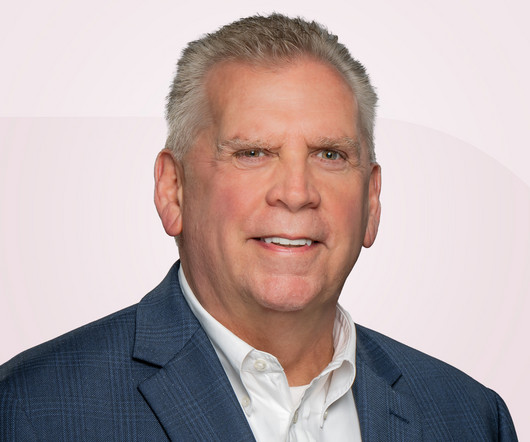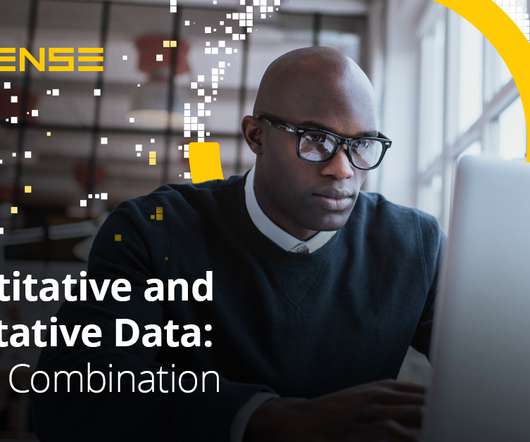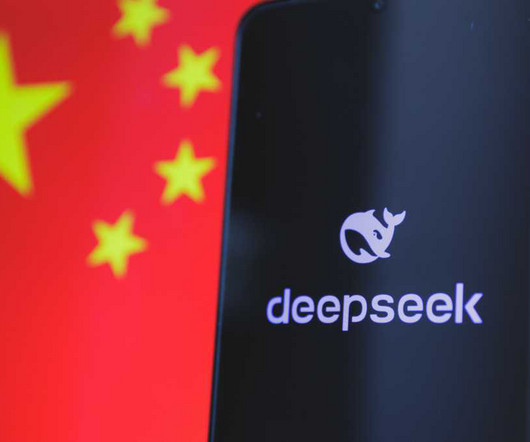Escaping POC Purgatory: Evaluation-Driven Development for AI Systems
O'Reilly on Data
MARCH 25, 2025
Weve seen this across dozens of companies, and the teams that break out of this trap all adopt some version of Evaluation-Driven Development (EDD), where testing, monitoring, and evaluation drive every decision from the start. Two big things: They bring the messiness of the real world into your system through unstructured data.



















Let's personalize your content